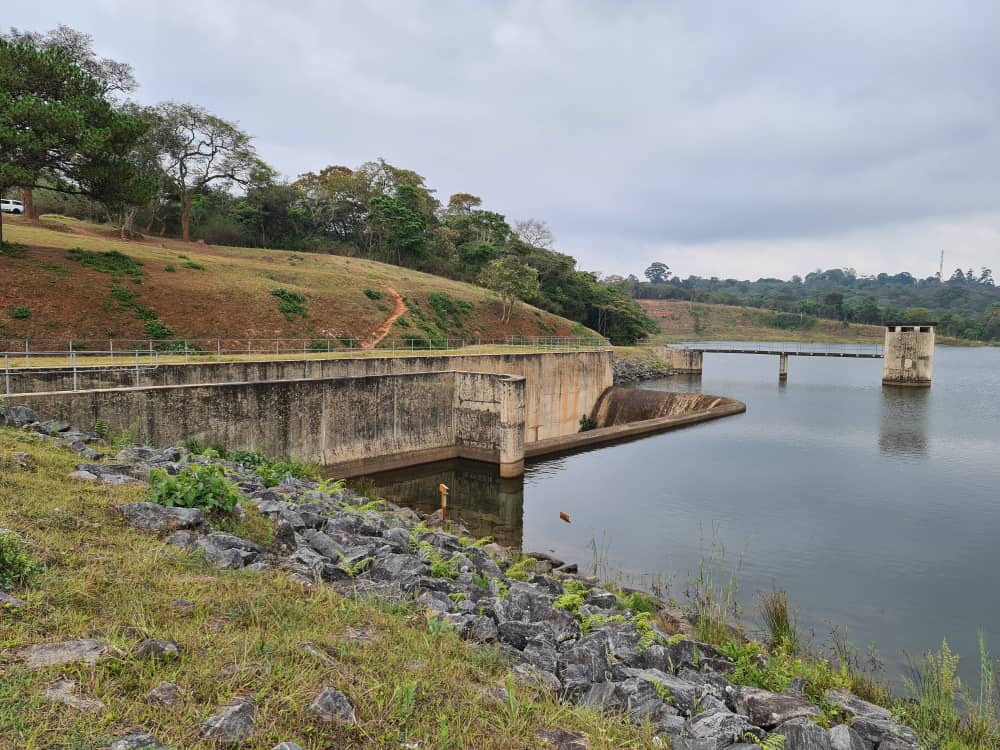Constructed in 1992, the Lunyangwa Dam is the main source of water for the piped water supply system in Mzuzu City, Malawi. Over 250,000 people depend on the Lunyangwa Dam for water. The population of the catchment is estimated to be growing rapidly, with some projections suggesting it could reach 500,000 by 2030.
To meet increasing demand for water the NRWB intends to increase the water storage capacity by increasing the embankment and raising the spillway height by 1.5m. This will increase the volume of the reservoir from 4.36 Mm³ to 5.54 Mm³.
With loan financing from the European Investment Bank, the project forms part of the NRWB Water Efficiency Project which aims to improve water resources management in the region. Increasing the volume of the dam is one of the interim measures to ensure continual supply of water in Mzuzu city while sourcing financing for a long-term water supply solution.
The proposed works for Lunyangwa dam raising will involve the construction of the following facilities:
- Raising of the concrete spillway by 1.5m.
- Construction of a 2.0 m parapet wall on the existing dam crest with fill behind it.
- Inlet modifications at the intake tower.
- Reinstatement the dam monitoring equipment and instruments
To ensure safe operations of the modified dam, SMEC will deploy a team of Dam Safety Experts and specialists to develop a comprehensive Dam Safety Management Plan that meets the requirements of the Malawi Dams Safety Act, 2015 and the International Commission on Large Dams (ICOLD) guidelines. The designs for raising dam and spillway heights have been prepared by others.
As per ICOLD requirements, Dam Safety Management Plan includes four distinct but related components. These include an Instrumentation and Monitoring Plan, Operations and Maintenance Plan, Dam Break Study, Emergency Preparedness Plan. SMEC will undertake simulation of different scenarios of dam break analysis to test the controlled and uncontrolled release of water – to protect life, property, and the environment.
The transfer of technology and capacity building is very important for safe and sustainable operations and maintenance. As part of the project SMEC will develop a training program to upskill counterpart staff selected by the NRWB.
The safety management plans are due to be completed in Q2 2024.







